
book info: published by Oxford University Press (1987)
the author: P. Sterling Stuckey, professor of History University of California, Riverside. Other books include American Nation (series), Want to Be African: Paul Robeson and the Ends of Nationalist Theory and Practice, 1919-1945, and The Ideological Origins of Black Nationalism, among others.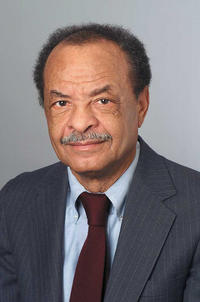
Most studies of slavery in the academy are often marked by a serious disregard for the culture and humanity of people of African descent: the enslaved. We know better, and African-American scholars such as P. Sterling Stuckey have begun the process of looking at the history of slavery in a new way. In Slave Culture Stuckey examines the identity and culture of the enslaved. Taken from many parts of Africa, Stuckey explains how these Africans utilized their commonalities to survive enslavement and forge an identity. Central to his discourse is how nationalism was the by-product of this coming together. Stuckey believes that the Africa antecedent was essential in achieving this unity, a far cry from other theories that scholars have utilized to explain how Africans of seemingly different cultures, languages, and nationalities came together. Stuckey's contribution in this volume is his explication of the "ring shout", a spiritual dance originated in Africa but popularized in the New World that survived generations on this continent. He explains how this dance was the beginnings of a new national identity brought about by the conditions of slavery. Stuckey also devotes much time in this work into discussing figures such as David Walker and Paul Robeson, and how they fit culturally into the discussion. This work remains an important piece to challenge any doubters about the African-ness of Blacks in America and the rest of the world. The cultural unity of Africa can and should be the rallying cry for world-wide unity. This title should be taught in classrooms across America.
(more after the jump)
quote: “Wherever in Africa, the counter-clockwise dance was performed--it is called the ring shout in North America--the dancing and singing was directed to the ancestors and gods, the temple and revolution of the circle quickening during the course of movement. The ring in which Africans danced and sang is the key to understanding the means by which the achieved oneness in America.”(p. 12)
This work was only the beginning, check out Exchanging Our Country Marks by Michael Gomez, for an even more detailed account.
thereadinglist|
Friday, August 7
Friday, August 7
slave culture: nationalist theories and the foundation of black america: p. sterling stuckey
slave culture: nationalist theories and the foundation of black america: p. sterling stuckey
2009-08-07T10:41:00-07:00
Josh M
thereadinglist|






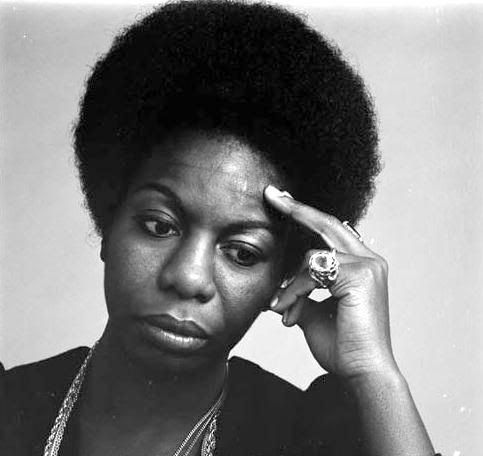
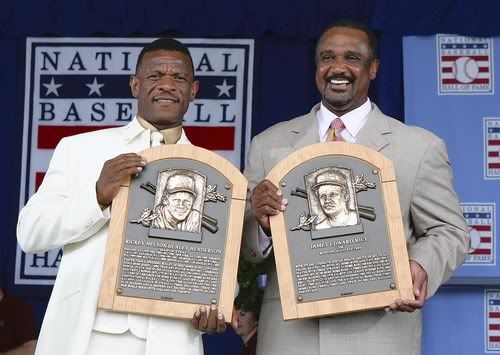
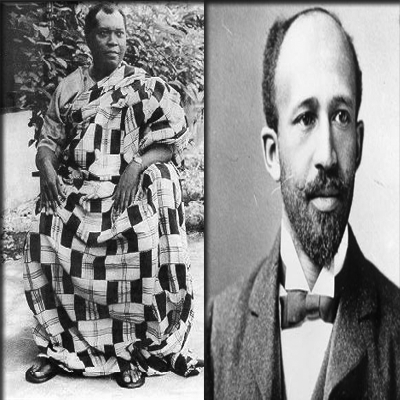
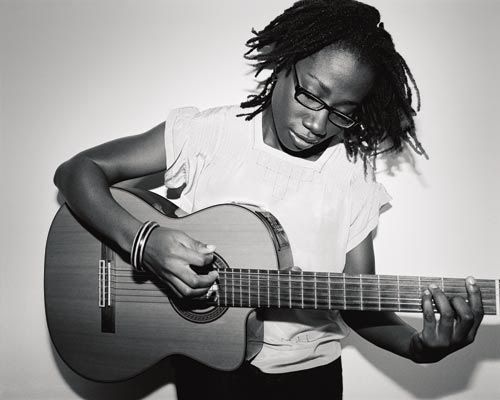



 on facebook
on facebook on twitter
on twitter on linkedin
on linkedin

